I have been lax. I swear there are projects and fencing, but you know how it goes.
But then - KWAR!
Known World Academy of Rapier was in Chicago this weekend.
I went to the last one, 3? years ago, when I still considered myself a baby fencer. I learned a lot then, and that has no changed this time around. This is going to be a kind of general synopsis of my weekend. More detailed posts will hopefully follow, after some time spent unpacking my brain.
Fabris 101, taught by Phaedra.
I know enough about Fabris by this point that nothing truly surprised me, but I have been given some methods to my thigh killing madness. It was a huge class so I didn't get any specific one on one time, but now I know someone new to hunt down with questions.
What we did that really stuck in my brain was invitations with the dagger. There were 5 standard invitations and responses - upper and lower inside, upper and lower outside, and the middle, which is the same high and low. I hope to get these into my muscle memory. Convincing my opponent to do what I want to to do has always been difficult for me and I think having these set invitations will help.
I also learned that I do so many crossover steps when in my Fabris stance (because short!) that I am really quite bad at basic advances and retreats in that stance.
17th Century Italian Pedegogy, taught by Prospero (aka, Devon from Duello).
This class was all about how to effectively teach Italian fencing. We did some drills, but were focusing on how to do them correctly and how to make sure that your partner got the most out of it. It was not the class I was expecting, but it was definitely a class I needed.
In general the style of the class was that we would go over a basic drill and then go off with our partners. But instead of the class instructors going around correcting the mechanics of the drill, they would correct how the "teacher" partner was correcting the drill.
Primary takeaways -
- A good combative drill will have a stimulus, response, and consequence. There will be a consequence for both success and failure (generally, but not always, one or the other person being hit).
- Don't tell students what *not* to do. Positive statements are best. Say "Raise your sword" not "Don't keep your sword so low." It is human nature to internalize "Keep your sword so low" and leave out that important "Don't".
- There was a glove slapping distance game that I think will be fun to bring back to practice.
- My interest in doing a "How To Drill" class has been reinvigorated. I just need to find a place to do it.
Pickups
I didn't do as many as I might have wanted, but the ones I did get were great. I managed to hunt down some of the Midrealmers that I saw so much last year but have never crossed swords with. I felt good about the fights - they were fun, I didn't do anything stupid. I did not really put into practice any of the things I'd learned that day, but I know that will take time.
Mini Lesson with Devon
Devon had said that anyone who wanted some time with him should feel free to ask, so Donovan got him, me, and Malocchio a slot. It was great and we all learned a lot.
We focused on opposition and gaining the blade. Not all of it was new, but reinforcement never hurt anybody - and knowing something in your brain and making your body do it are two very different things.
- When finding the blade use the forearm and not just the wrist, especially toward the inside.
- When gaining the blade go in a straight line. Let the tip lead, but the guard should also be moving in a straight line toward your target. Natural reaction to pressure is to respond in kind, but moving laterally to pressure will work much better.
- When you are the opponent in an opposition drill the best way to give pressure if to try to push through their sword and stab them in the opposite eye.
- As a short person I was strongly encouraged to use cross steps . Going into a lunge will lower everything, which makes opposition more difficult. Cross steps will also cover more ground
- When doing cross steps into opposition, step forward with left foot, but keep the toes pointed left. When opposing to the inside you will want to make yourself push your whole body towards their sword - but keep shoulders sideways and make sure you don't poke a hip out. The position is essentially the same on the outside. Turning your body toward the sword then will get your offhand in play, which is nice, but will completely lose all the lines that give you opposition.
- I find this whole concept difficult to put into words, but I'm happy to try and clarify. Maybe with stick figures.
So that's what I remember without notes. Tonight there will be drilling and so hopefully some of this will get clearer.
There was also a lot of socializing and shenanigans and general good times. A++, will KWAR again.












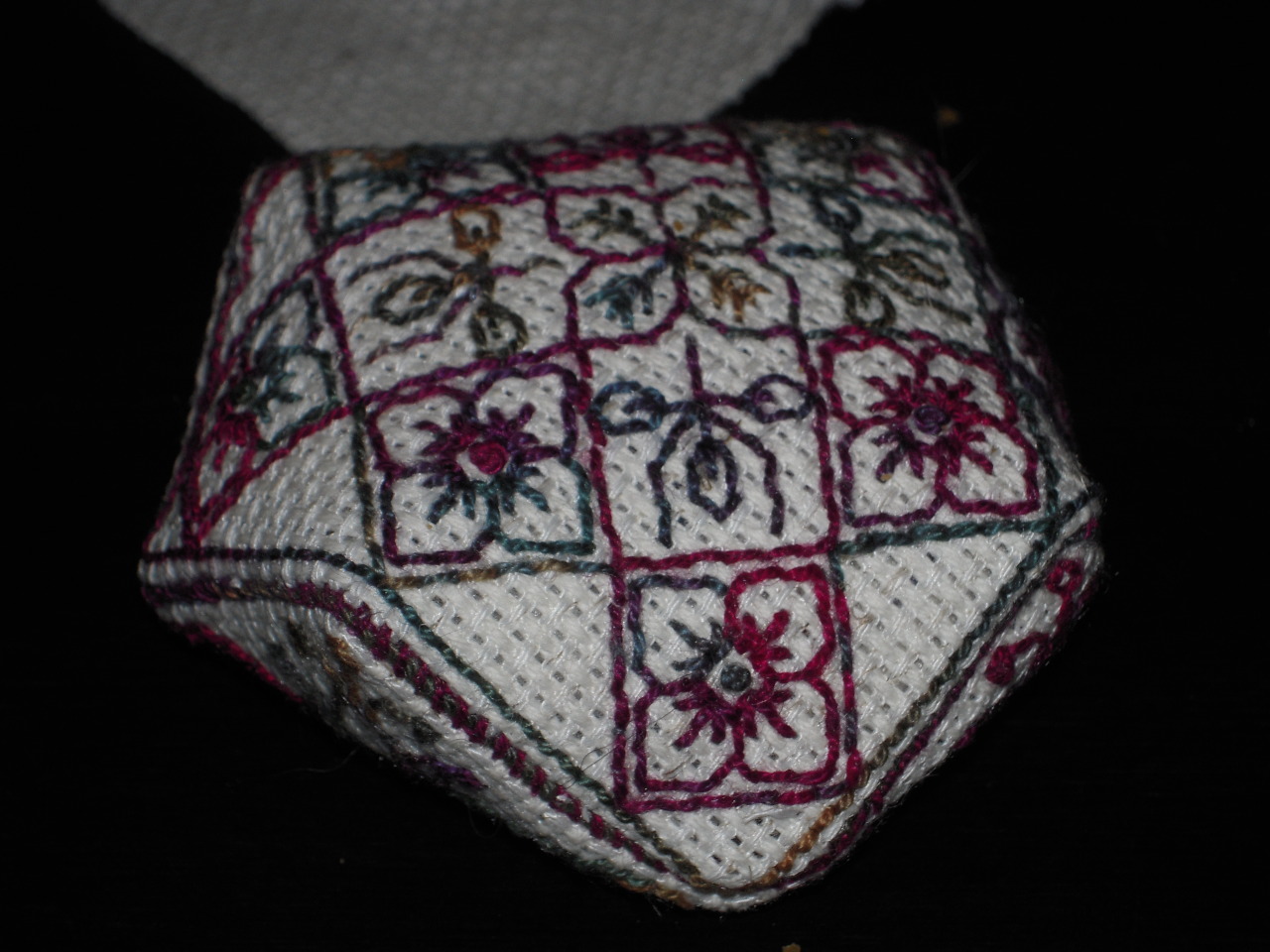
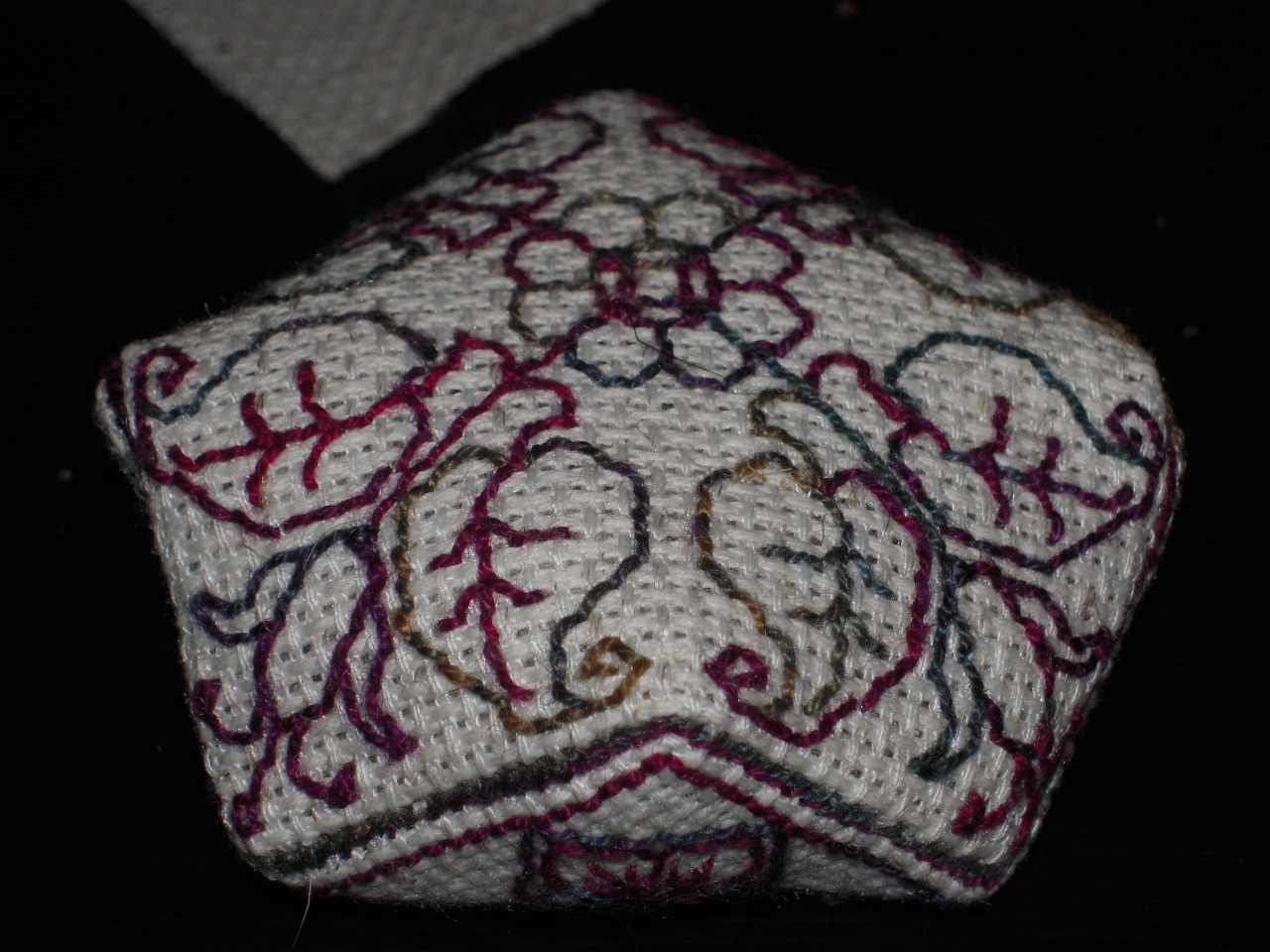


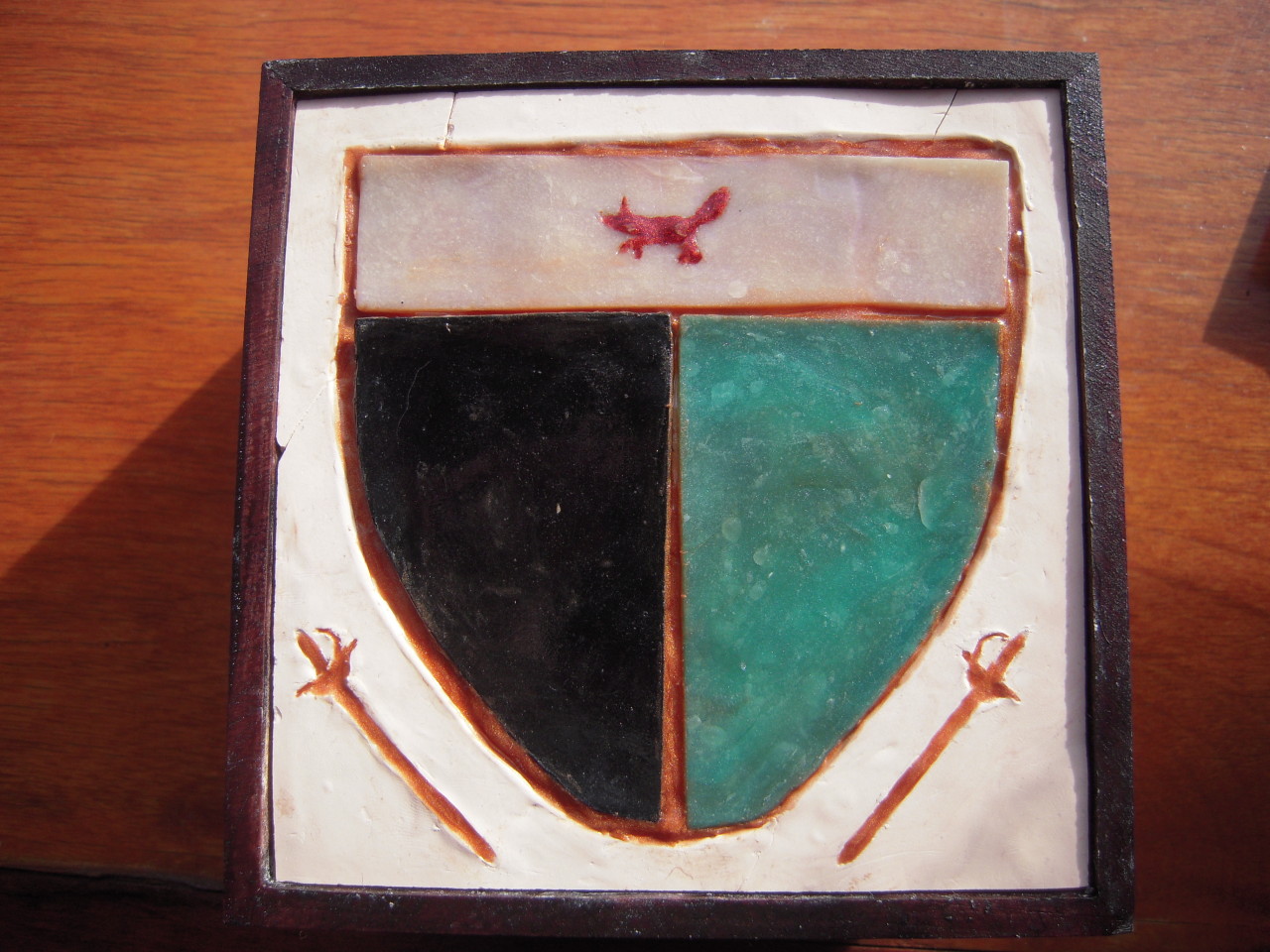
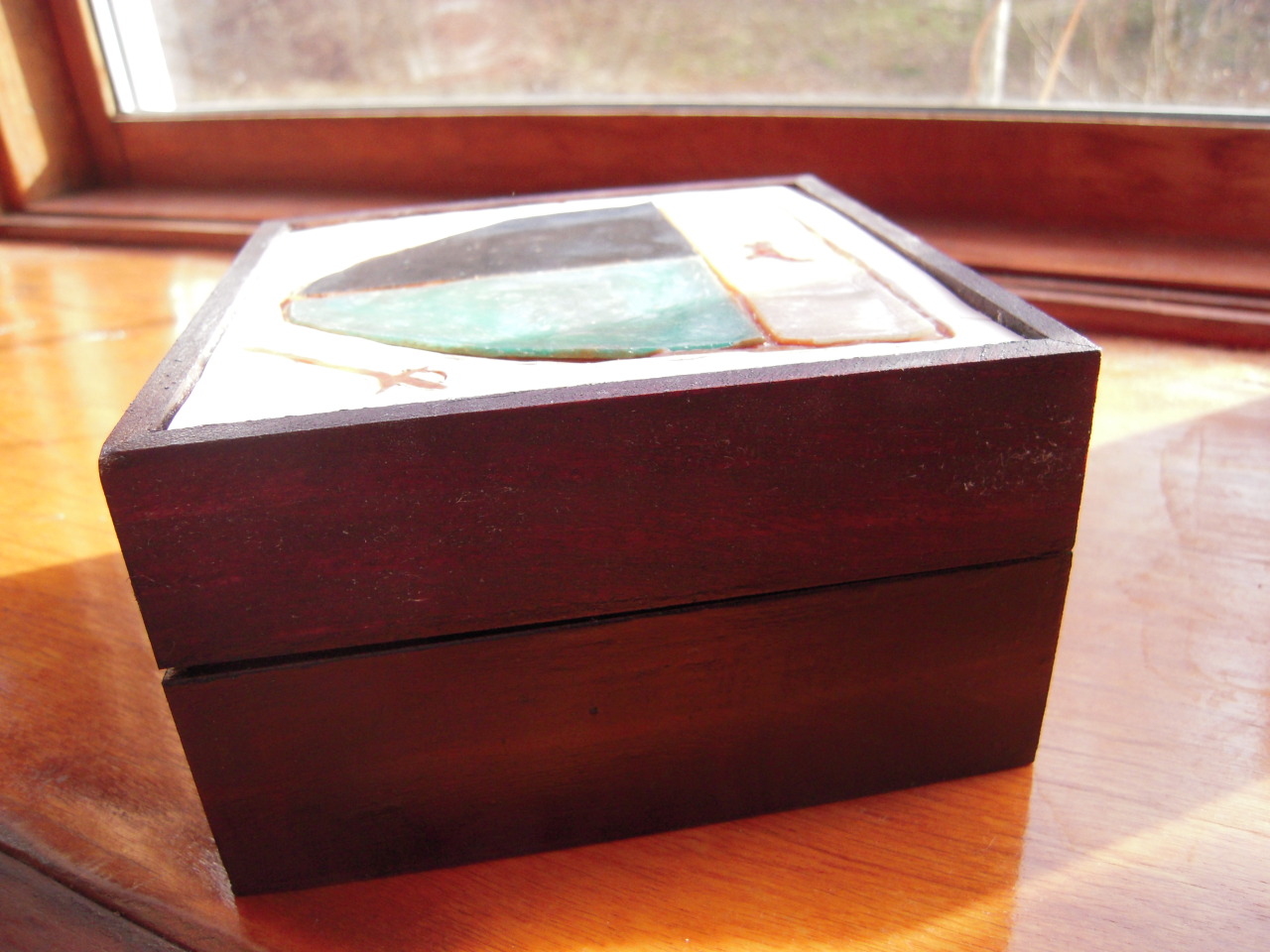
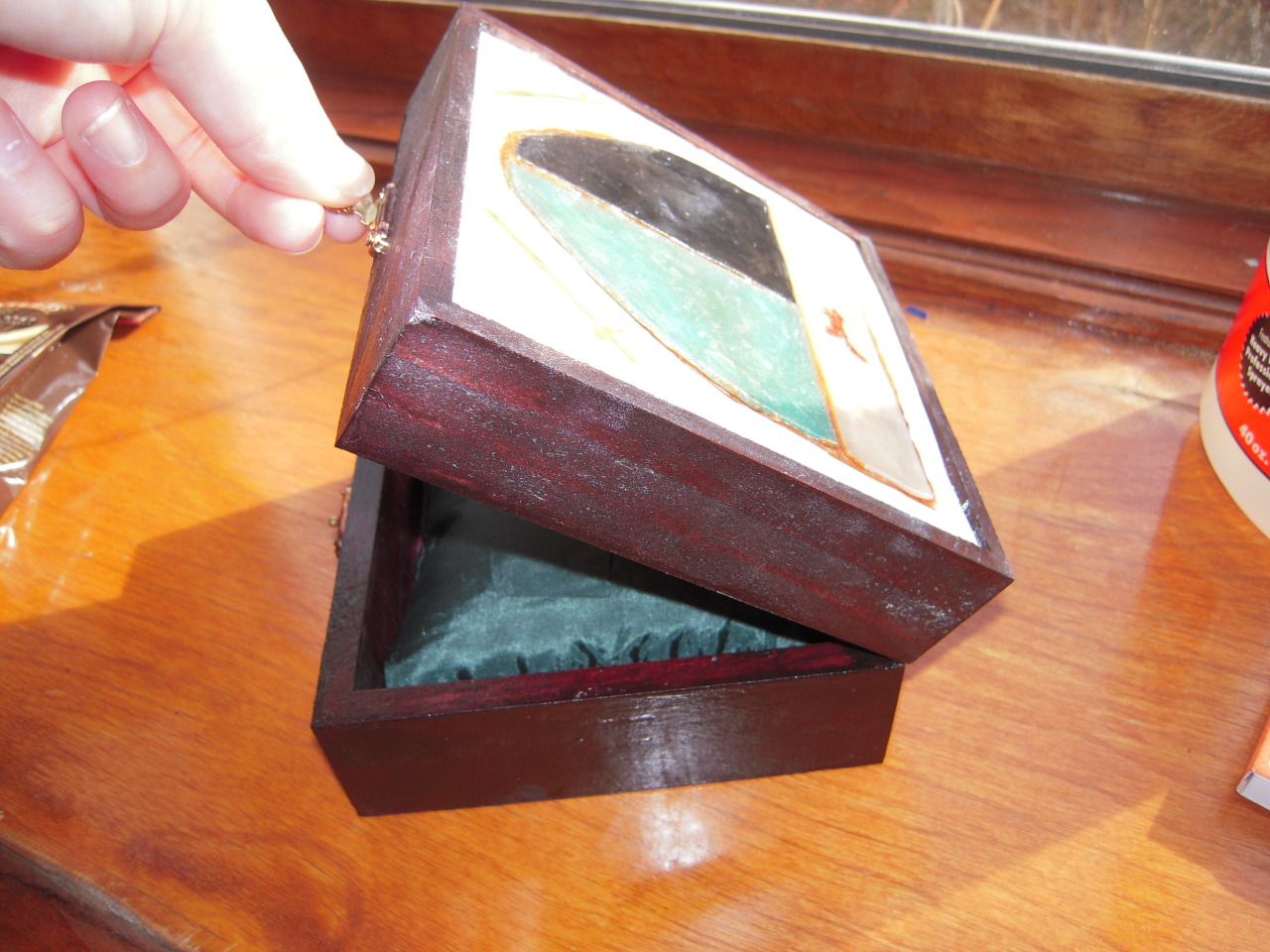


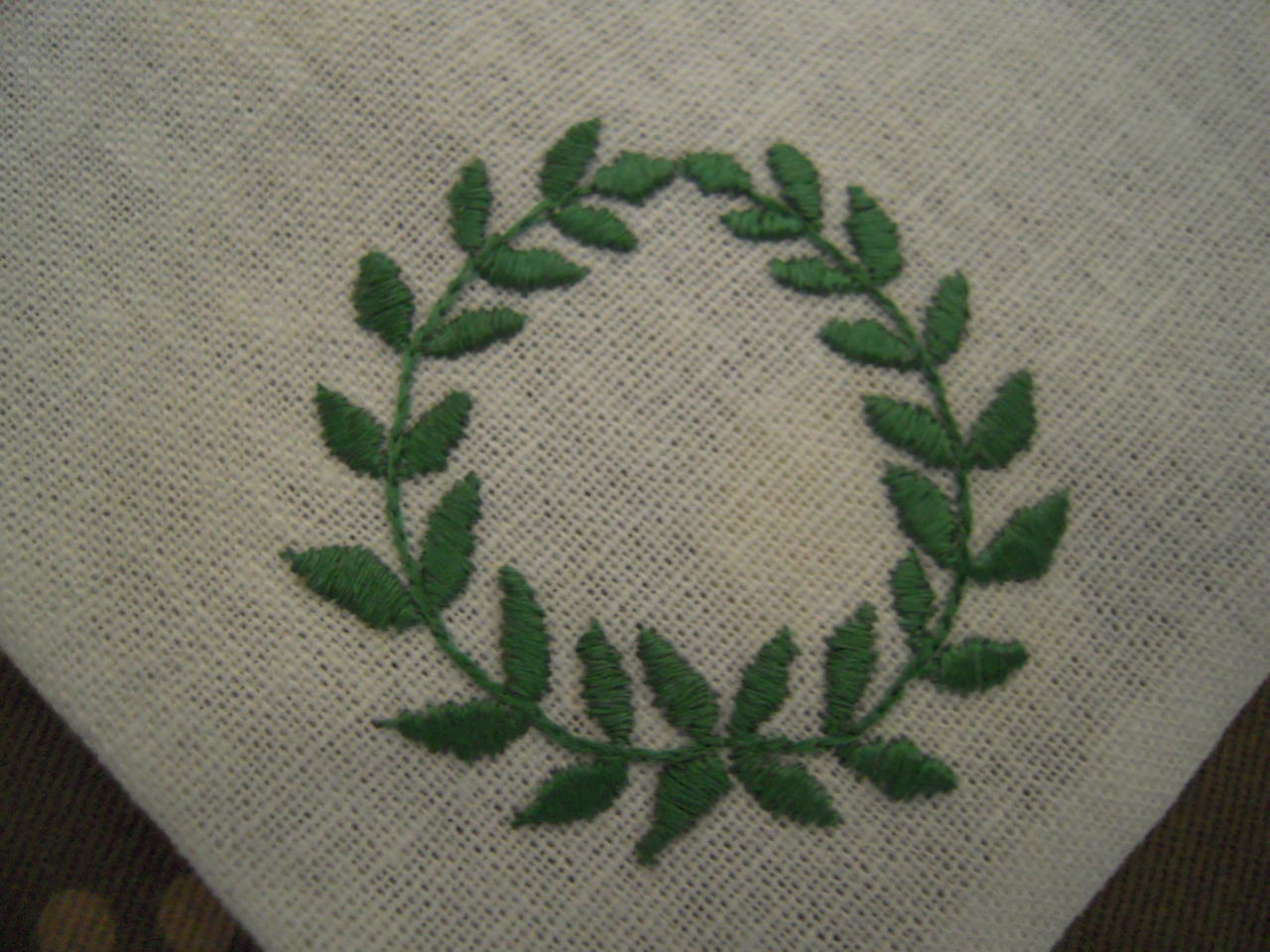
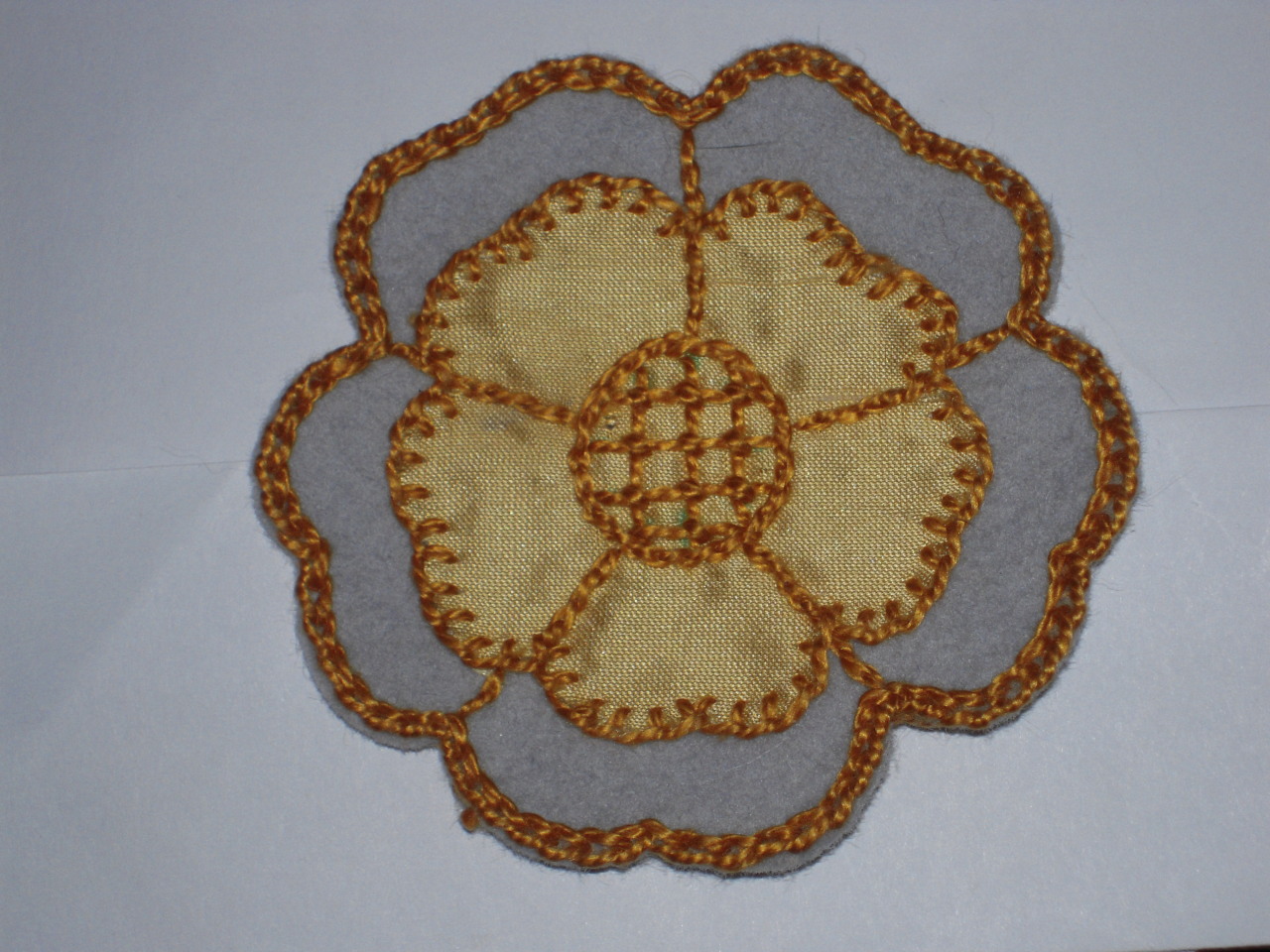


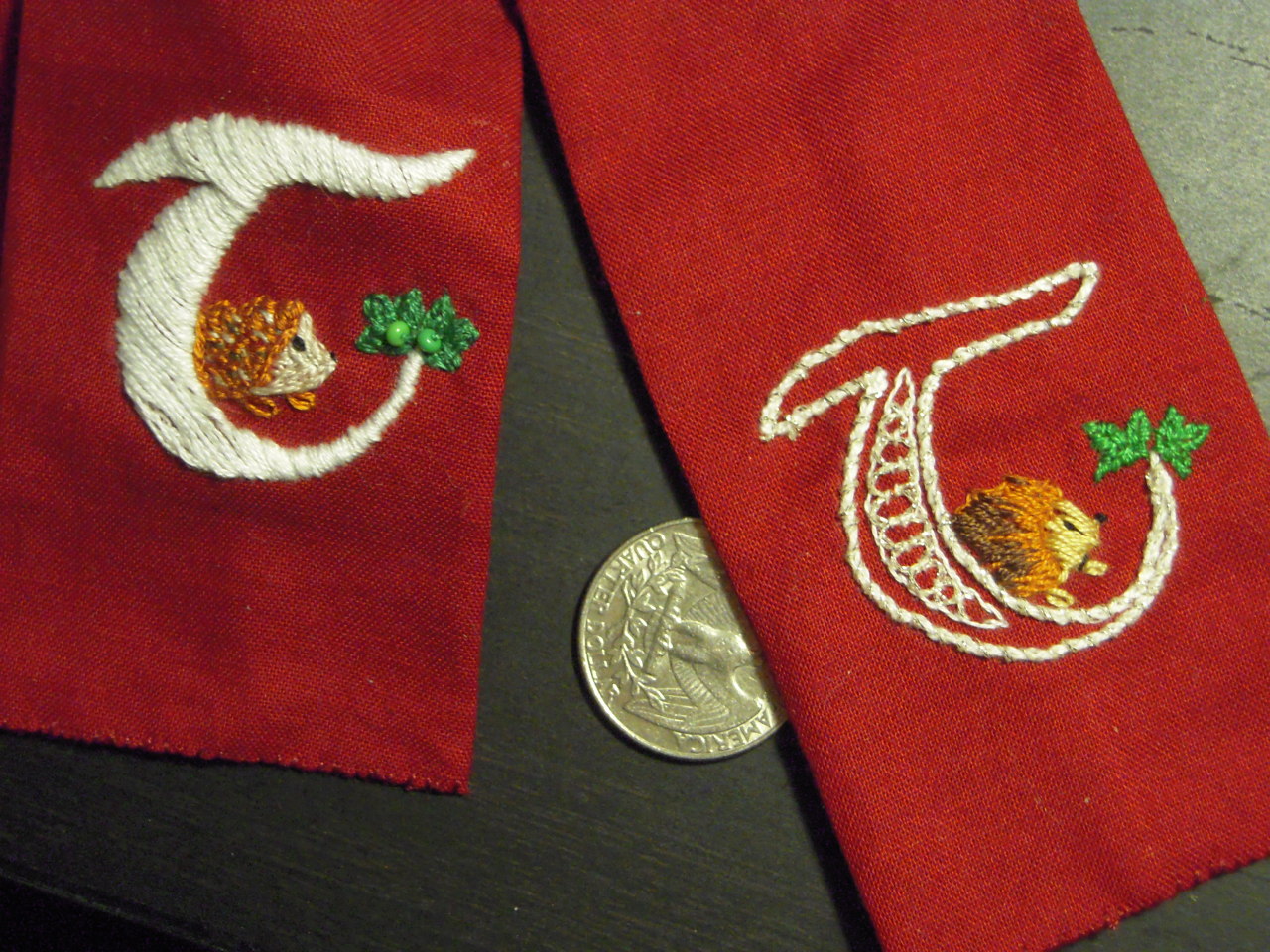

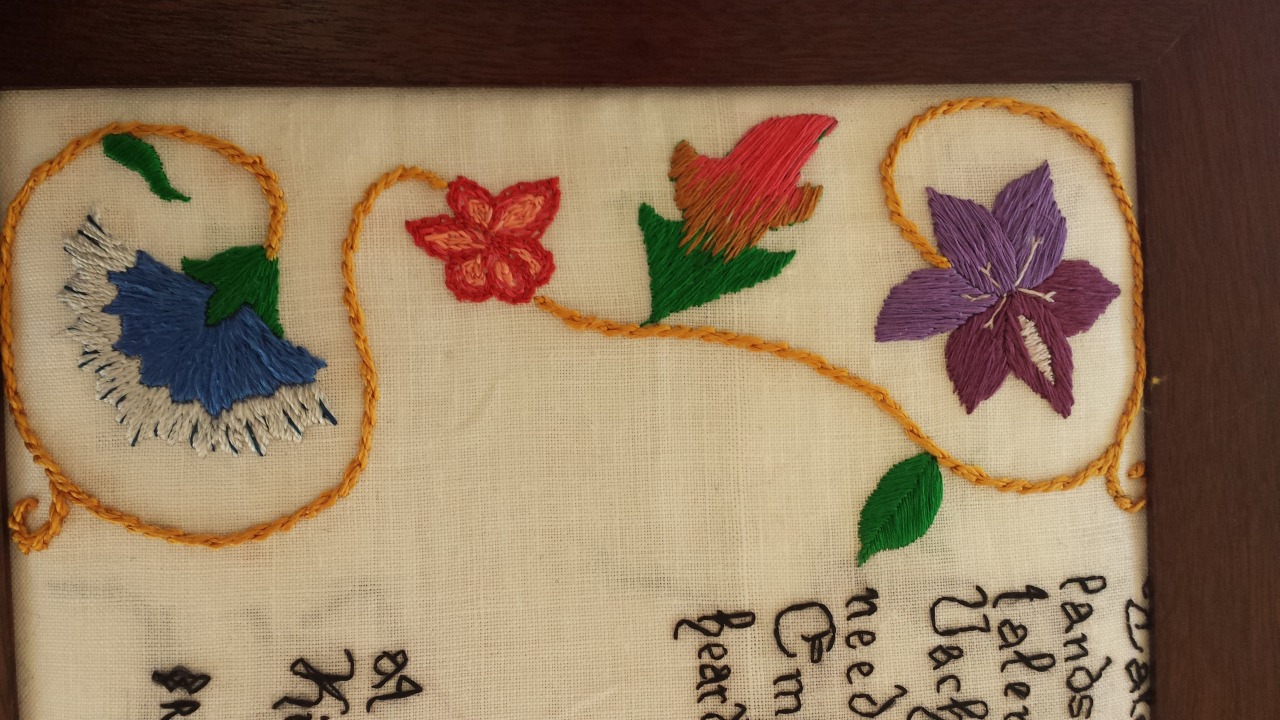
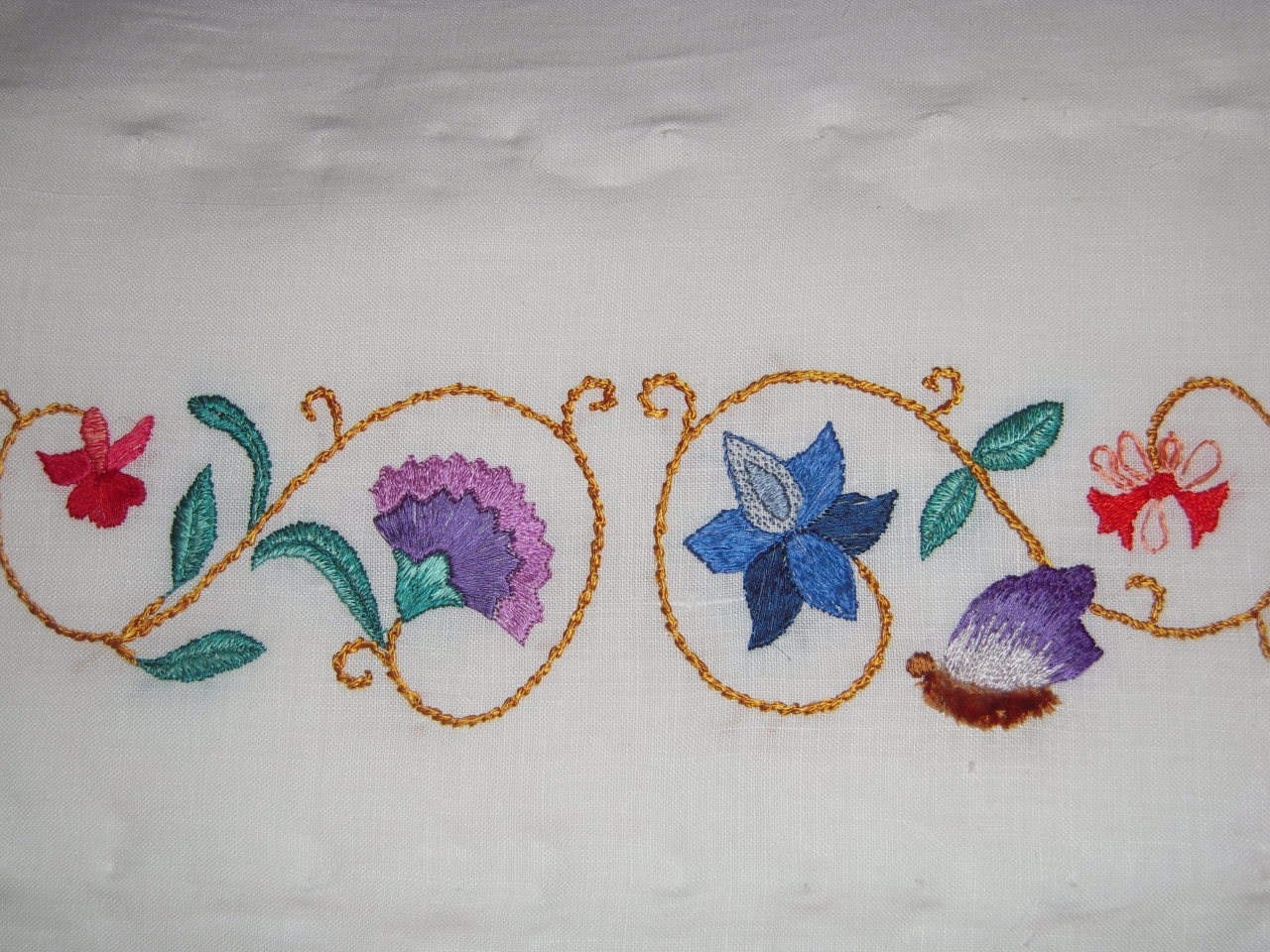
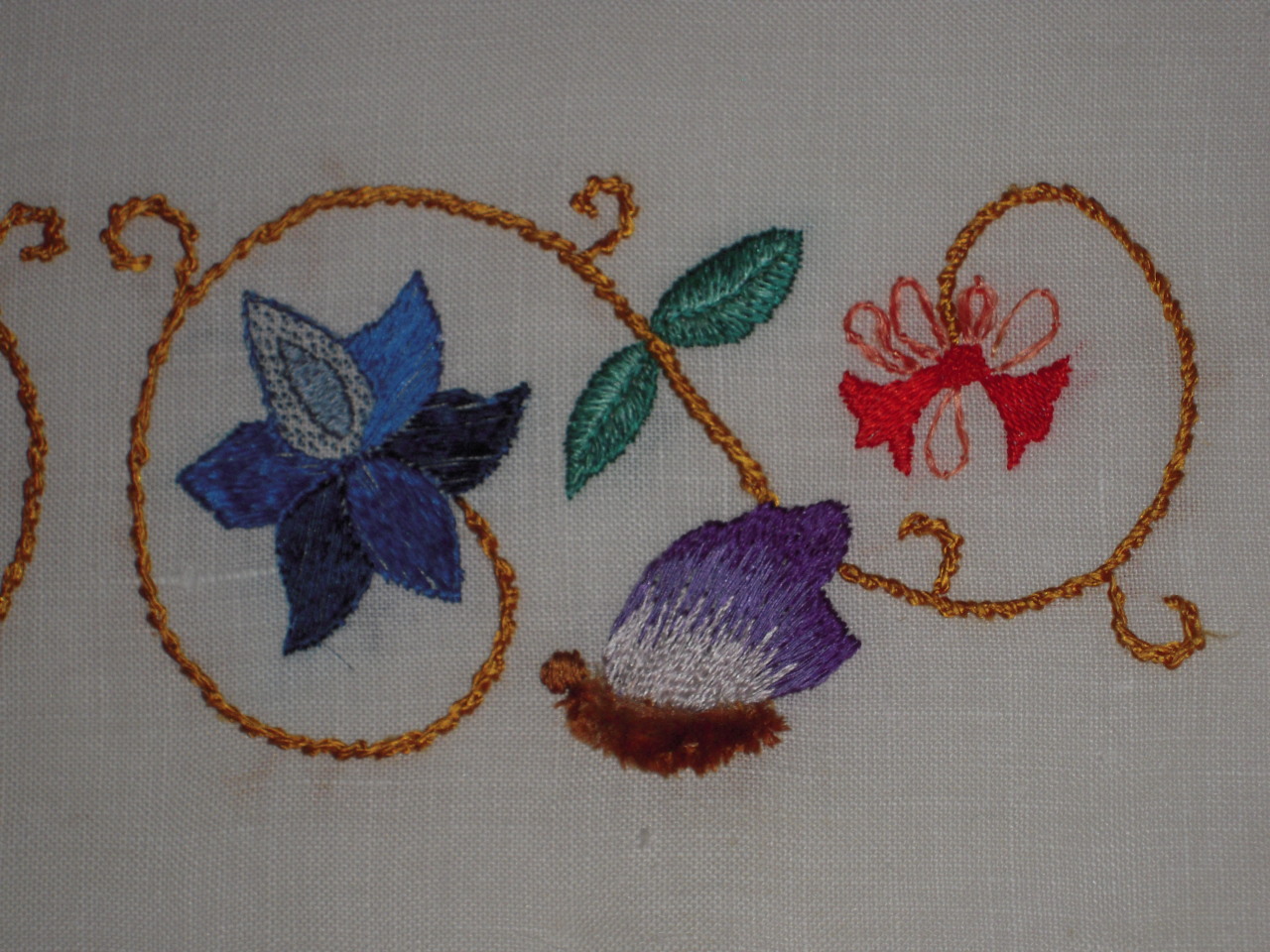
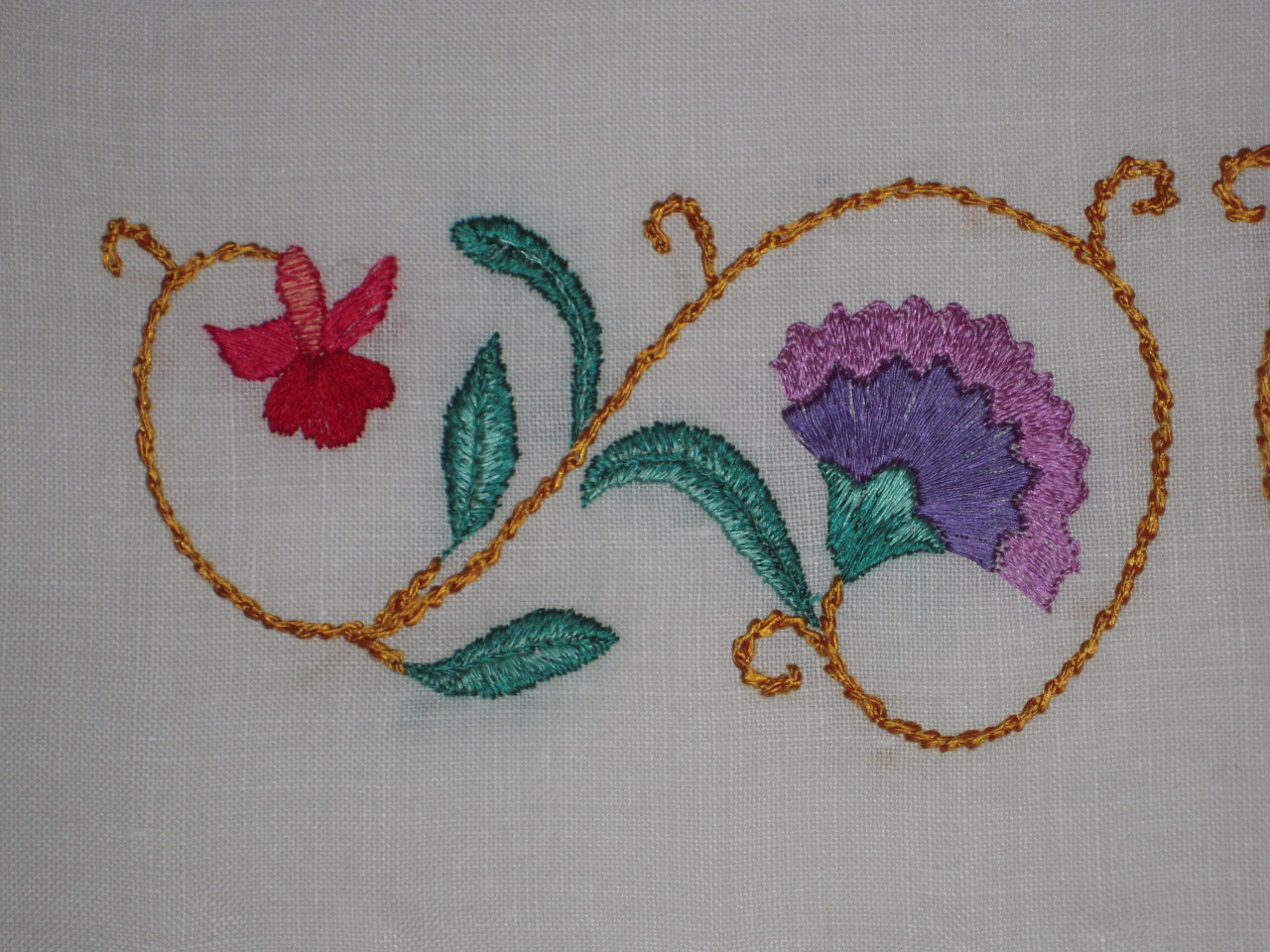

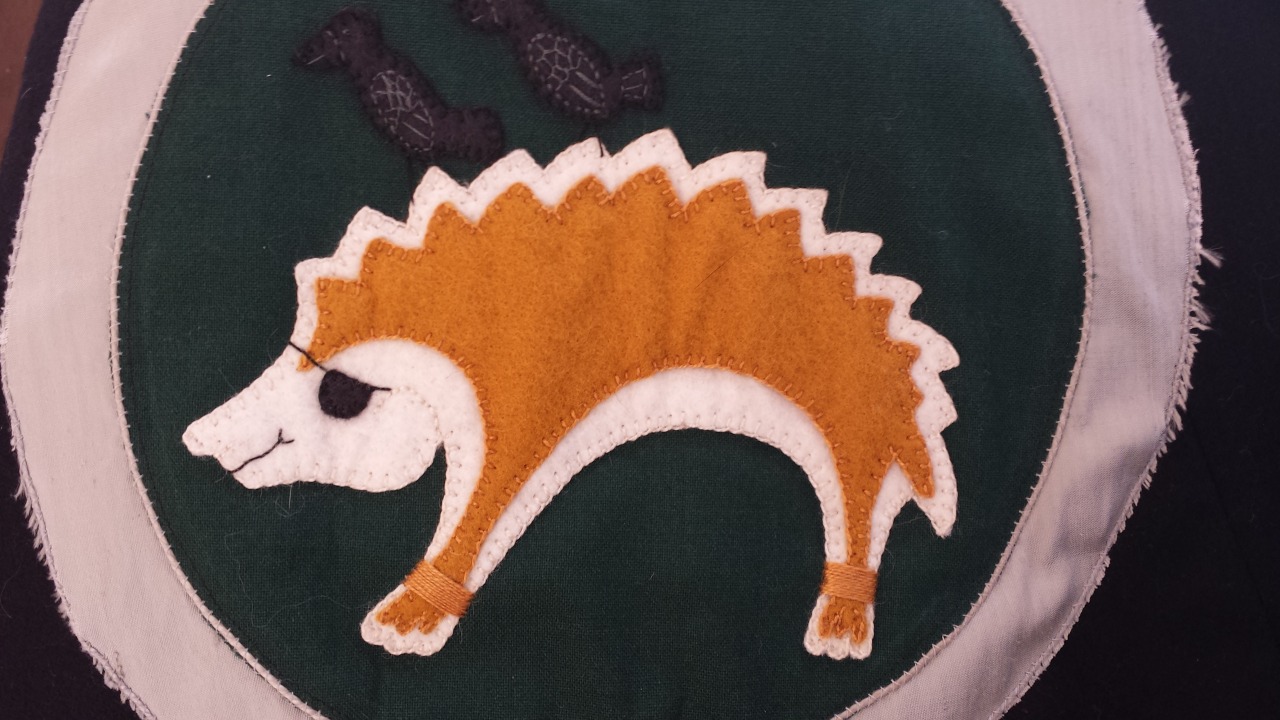
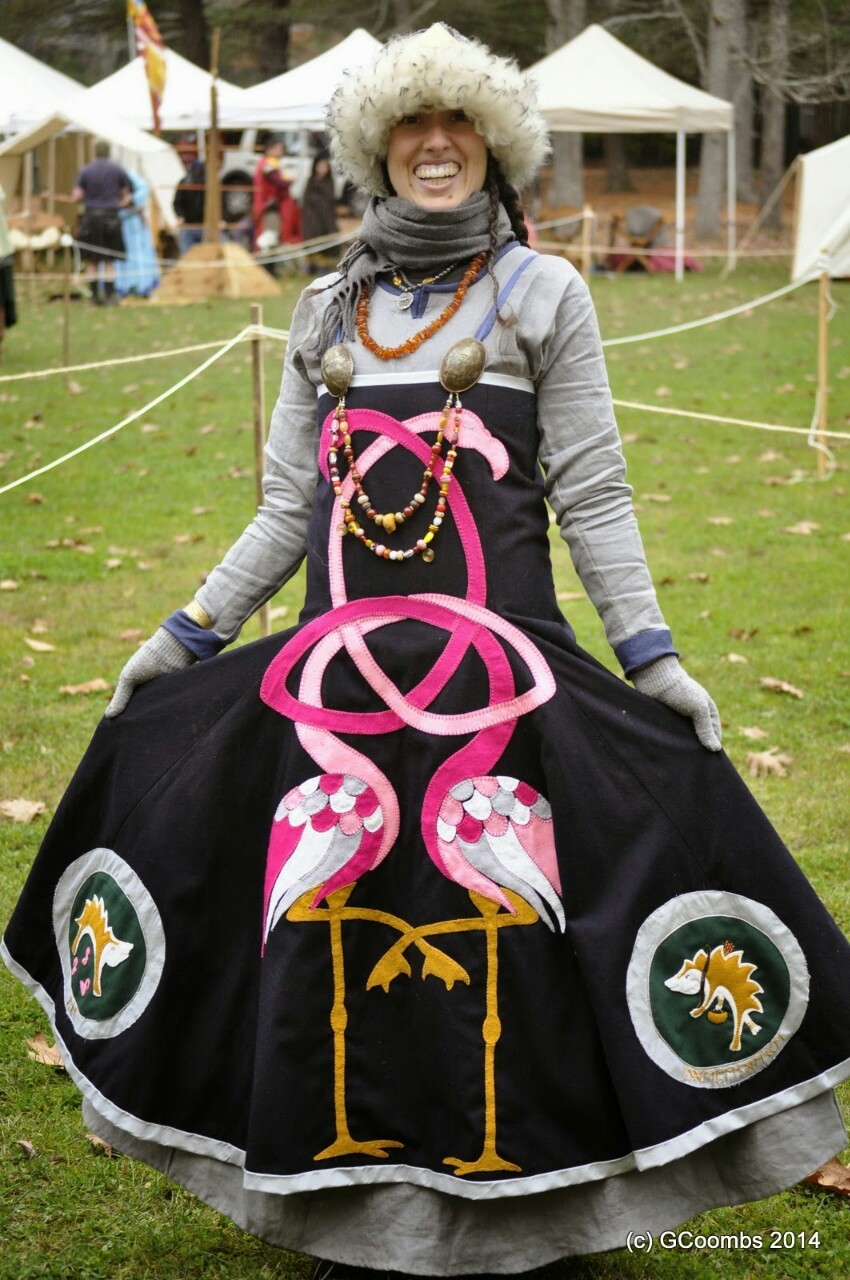














.JPG)
.JPG)

.JPG)